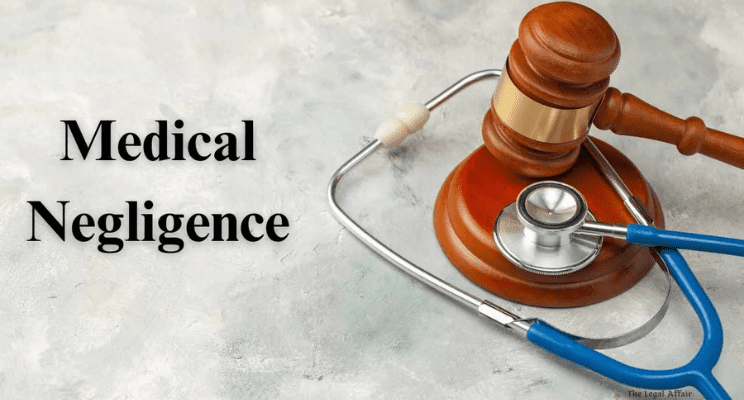The intersection of medical practice and consumer protection law in India presents one of the most complex and contentious areas of legal jurisprudence. The landmark decision in Indian Medical Association v. V.P. Shantha (1995) fundamentally altered the legal landscape by bringing medical services under the purview of the Consumer Protection Act, creating an ongoing tension between protecting patient rights and preserving the integrity of medical practice.
The Legal Framework
The Consumer Protection Act, 1986 (now replaced by the Consumer Protection Act, 2019) established a paradigm shift in addressing medical negligence. Previously, patients had limited recourse against medical malpractice, often facing lengthy civil litigation with uncertain outcomes. The inclusion of medical services as “services” under consumer protection law created an accessible, cost-effective forum for grievance redressal through Consumer Forums at district, state, and national levels.
Under this framework, medical negligence is treated as a “deficiency in service,” allowing patients to seek compensation without proving complex tort law principles. The Act provides for expedited proceedings, minimal court fees, and simplified procedures, making justice more accessible to ordinary citizens who previously couldn’t afford protracted litigation against well-resourced medical institutions.
The Medical Profession’s Perspective
The medical fraternity has consistently argued that treating healthcare as a consumer service fundamentally misunderstands the nature of medical practice. Medicine, they contend, is not a commercial transaction but a professional service involving complex clinical judgments often made under life-threatening circumstances. The unpredictability of human physiology and the inherent risks in medical procedures cannot be equated with defects in manufactured goods or commercial services.
Medical professionals argue that the consumer protection framework has led to defensive medicine, where doctors order unnecessary tests and procedures to protect themselves from potential litigation rather than focusing on optimal patient care. This defensive approach not only increases healthcare costs but may also expose patients to unnecessary risks and procedures.
The medical community also emphasizes that the Consumer Protection Act’s approach oversimplifies medical decision-making. Clinical judgment involves weighing multiple factors, considering individual patient circumstances, and making decisions based on available evidence and professional experience. Reducing this complex process to a simple service provider-consumer relationship undermines the professional nature of medical practice.
Patient Rights and Access to Justice
From the patient’s perspective, the Consumer Protection Act has democratized access to justice in medical negligence cases. Previously, patients faced significant barriers including high litigation costs, lengthy court procedures, and the need to prove complex legal principles. The consumer protection framework has eliminated many of these obstacles, providing a forum where patients can seek redressal without requiring extensive legal representation.
The Act has also contributed to improved transparency and accountability in healthcare. Healthcare providers are now more conscious of maintaining proper medical records, obtaining informed consent, and following established protocols. This increased awareness has arguably led to improved standards of care and better patient communication.
Provisions Under Consumer Protection Act, 2019:
Section 2(42) defines “service” to include medical and hospital services, explicitly bringing healthcare within the Act’s purview. However, it excludes services rendered free of charge or under contract of personal service.
Section 2(11) defines “deficiency” as any fault, imperfection, shortcoming, or inadequacy in quality, nature, and manner of performance required by law or contract. In medical negligence cases, this translates to substandard medical care.
Under this framework, medical negligence is treated as a “deficiency in service,” allowing patients to seek compensation without proving complex tort law principles.
The Judicial Balancing Act
Indian courts have attempted to balance these competing interests through nuanced interpretations of medical negligence under consumer protection law. The Supreme Court in Jacob Mathew v. State of Punjab (2005) established that medical negligence must be judged against the standard of care expected from a reasonably competent doctor in similar circumstances, not against the highest possible standard.
The judiciary has also recognized that not every medical failure constitutes negligence. Courts distinguish between mere medical failure (where treatment doesn’t succeed despite reasonable care) and medical negligence (where treatment falls below acceptable professional standards). This distinction helps protect doctors from liability for adverse outcomes beyond their control while maintaining accountability for substandard care.
Recent judicial pronouncements have emphasized the need for expert medical testimony in determining negligence, recognizing that Consumer Forum members may lack the technical expertise to evaluate complex medical procedures without proper guidance.
Contemporary Challenges
The Consumer Protection Act, 2019 has introduced new complexities, including provisions for class action suits and enhanced penalties. While these changes strengthen consumer protection, they have intensified concerns within the medical community about increased litigation and its impact on healthcare delivery.
The COVID-19 pandemic has further highlighted these tensions, with healthcare workers facing unprecedented challenges while remaining subject to consumer protection liability. The crisis has sparked debates about whether emergency medical treatment should be subject to different legal standards given the extraordinary circumstances.
The Way Forward
The ongoing tension between consumer protection and medical practice requires a nuanced approach that protects patient rights while preserving the integrity of medical practice. This might involve specialized medical tribunals with expert panels, standardized protocols for determining medical negligence, and enhanced medical education about legal responsibilities.
The legal framework should evolve to distinguish between different types of medical services, recognizing that emergency treatment, elective procedures, and routine care may warrant different legal standards. Additionally, promoting alternative dispute resolution mechanisms, such as medical mediation, could provide faster, less adversarial resolution of medical disputes.
By Bhavika Samtani (Intern)

